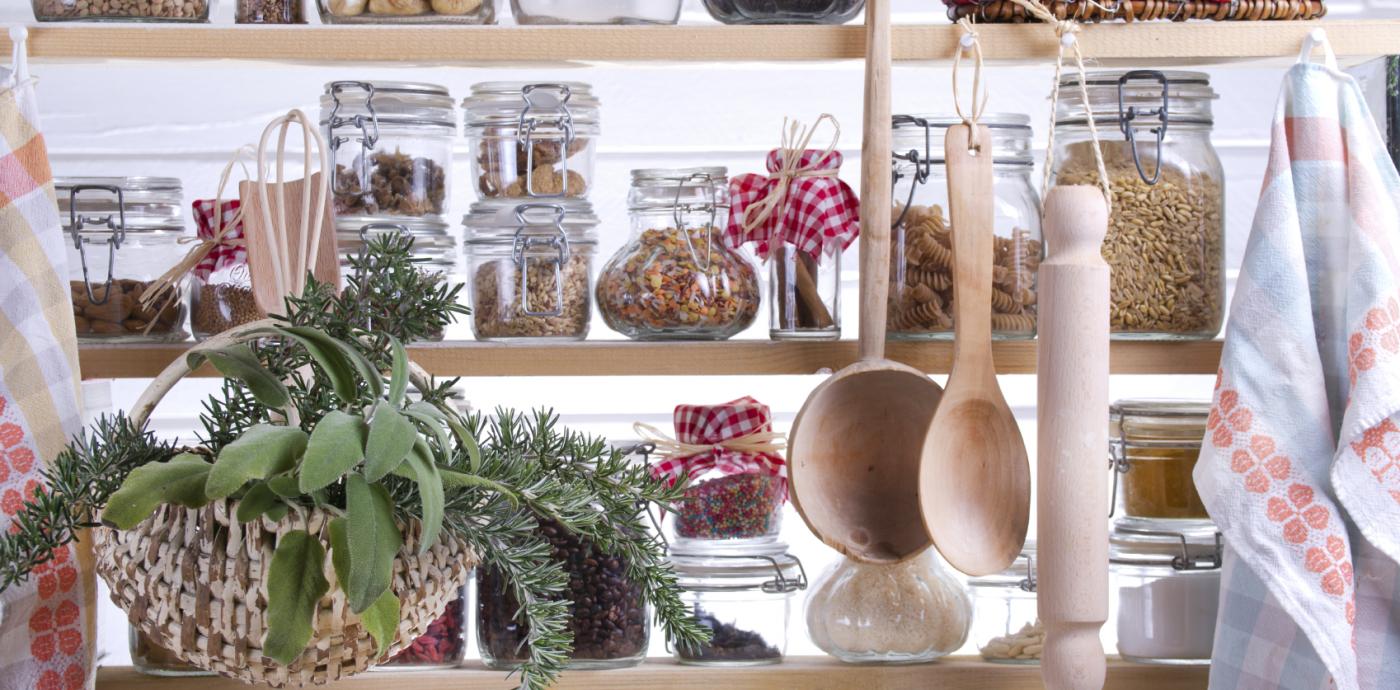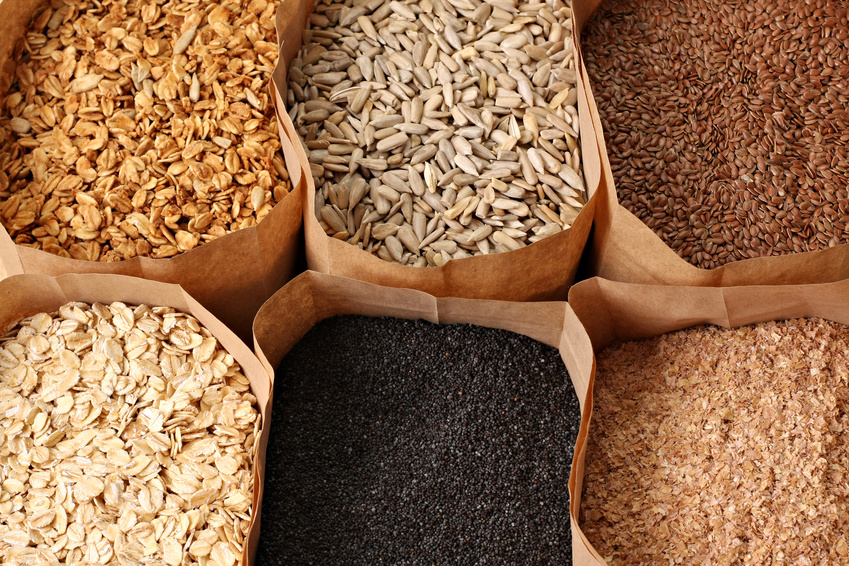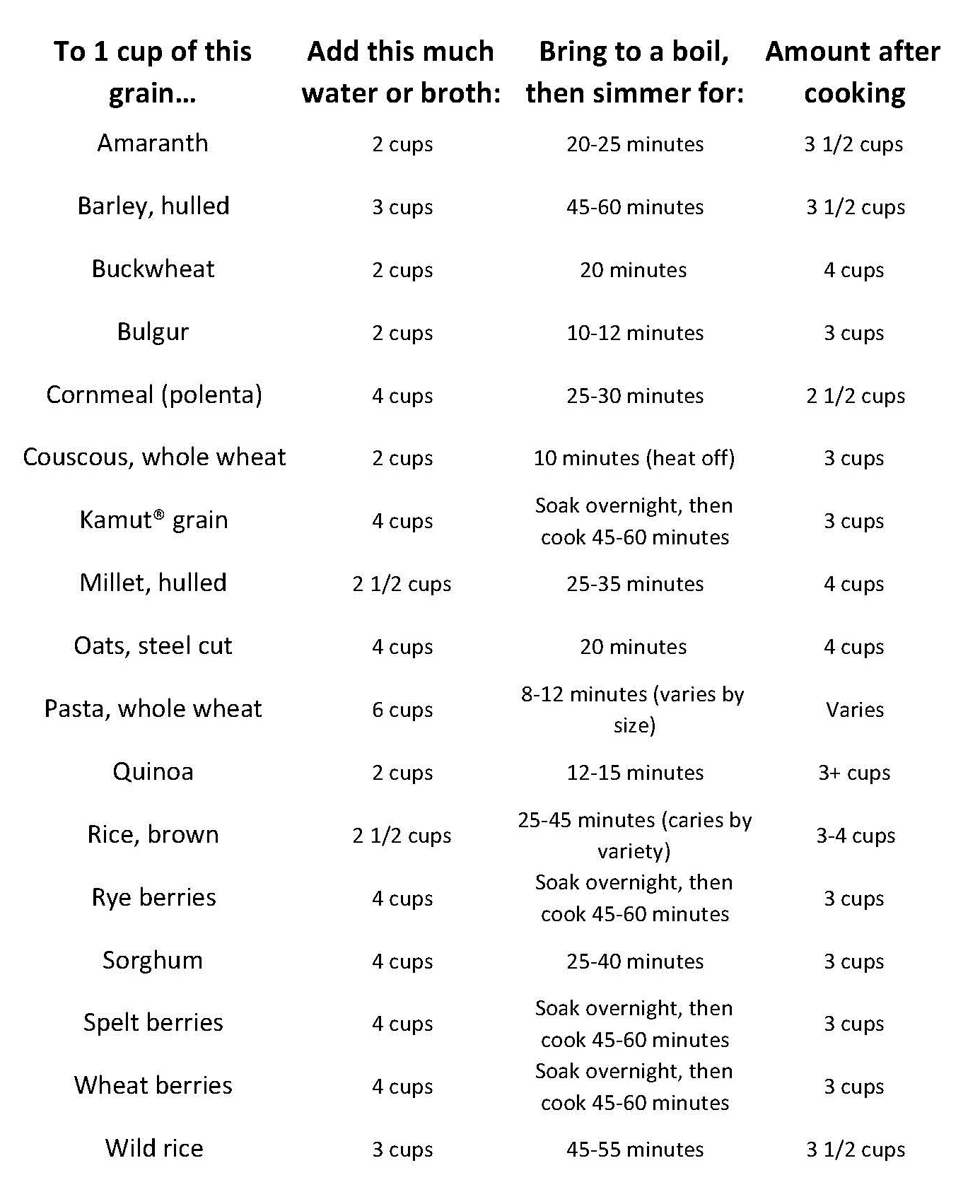Share This
Have you ever seen a mouth-watering recipe online or in the newspaper and thought, if only they’d used whole grains instead of white rice or white pasta, I’d definitely be having that for dinner! We commonly field questions from home cooks with new recipes they’d like to try, or favorite, tried-and-true meals they’d like to make healthier by swapping out refined grains with whole grains.
If you’re just getting into cooking or you’re used to following a recipe very closely, it may feel intimidating to try to modify the listed ingredients – especially when you aren’t sure how this will affect the cooking time. Whole grains often require more cooking time than refined ones and this must be factored in to avoid undercooking grains or overcooking vegetable and meat accompaniments — but it’s actually a lot easier than it sounds! Here are a few tips to get you headed in the right direction:
Use Whole Grain Versions of Foods You Already Enjoy
- Pasta: Whole wheat pasta and couscous are widely available these days and take about the same time to cook as their refined grain siblings. Since pasta generally gets cooked separately from its sauce or topping, it’s easy to adjust for any small time differences in the pot.
- Rice: When you’re cooking rice, choose brown rice or use a mix of white and brown (these should get cooked separately from each other). Just remember to get the brown rice cooking 15-20 minutes earlier than you would your white rice if you’re trying to coordinate its cooking time with other parts of your meal.
- Breadcrumbs, Stuffing, Croutons and Bread: Selecting whole grain versions of these foods is one of the easiest ways to boost your whole grain intake because you can choose them off the grocery store shelves without having to make any adjustments in cooking time or liquid-to-grain ratios. Just look for our Whole Grain Stamp to steer you toward products that contain whole grains.
Give Whole Grains a Head Start with Parboiling
Some recipes have you cook your grain together with the rest of the meal. The big advantage of this technique – often used for pilaf dishes, risottos, soups and stews – is that the flavor of the entire dish gets cooked right into the grains, pulling the whole meal together.
So how do you use a longer-cooking grain in a dish like this, without the other ingredients getting overcooked and mushy? If you cook the grain separately and add it at the end, you would be sacrificing the intense concentration of flavor that happens while everything’s simmering together. Instead, parboil your grain of choice just long enough for it to have the same remaining cook time as your recipe’s refined grain ingredient would need.
For instance, brown rice takes about 40 minutes to cook, and white rice is done in about 20 minutes. Cook your rice for 20 minutes (the “extra” time), drain it – so you won’t end up with too much liquid – then add it to the main pot. Continue with the recipe as if you were using the white rice originally specified.
You can use this handy chart showing the full cooking time of various whole grains, to help you determine how much time you will need to allow for different whole grains:
Substituting in whole grain ingredients is an easy way to add more flavor while you boost the fiber, protein, iron, and B vitamins in your meal. And even making partial substitutions (like mixing brown and white rice, or using half wheat flour in your favorite pizza dough) is a great strategy for gradually introducing picky eaters in your household to the fuller, nuttier flavor of whole grains. The Journal of the American Dietetic Association published research showing that partial substitutions like this can make a real difference in a person’s diet – researchers in the study were able to raise children’s whole grain consumption from 6% of total grains to 28% of total grains using this approach.
Don’t forget, there are many terrific whole grain recipes available on our website that don’t require any changes or substitutions! We can also strongly recommend a few of our favorite whole grain cookbooks! Happy cooking. (Caroline)




Comments
Add a Comment